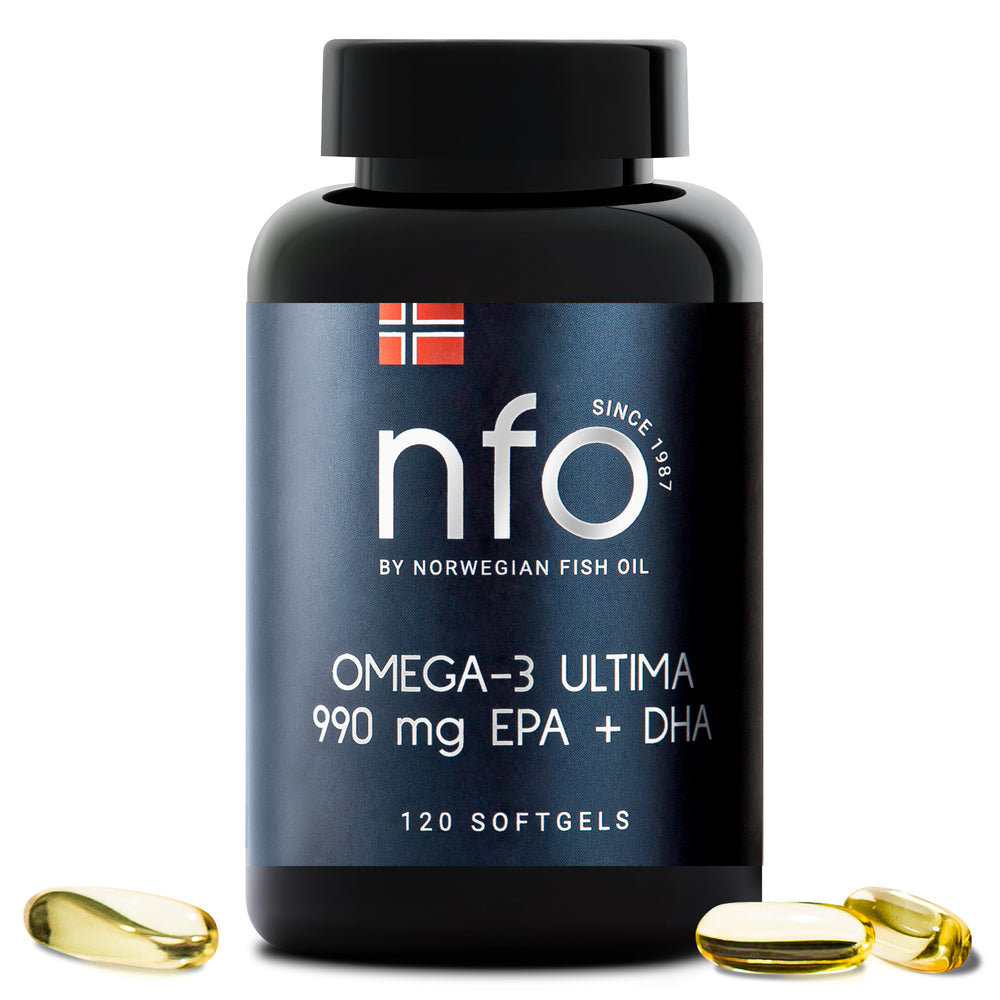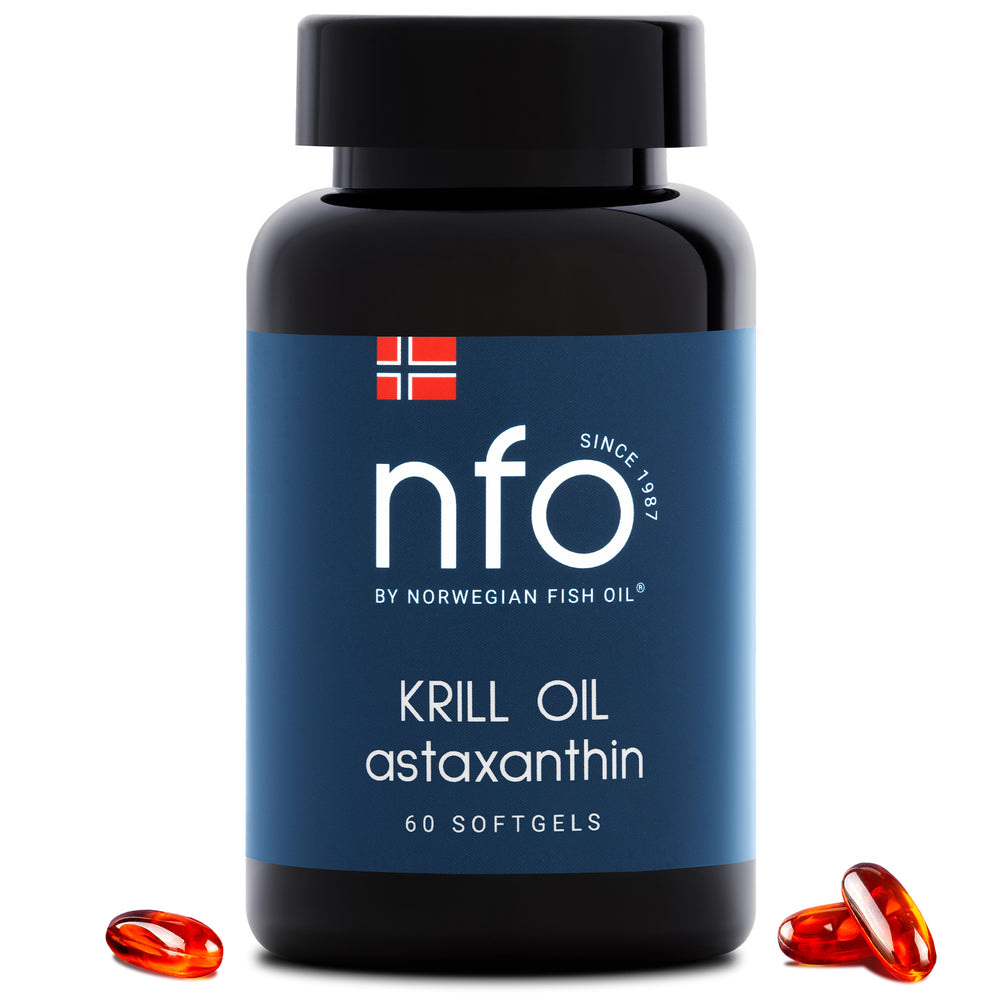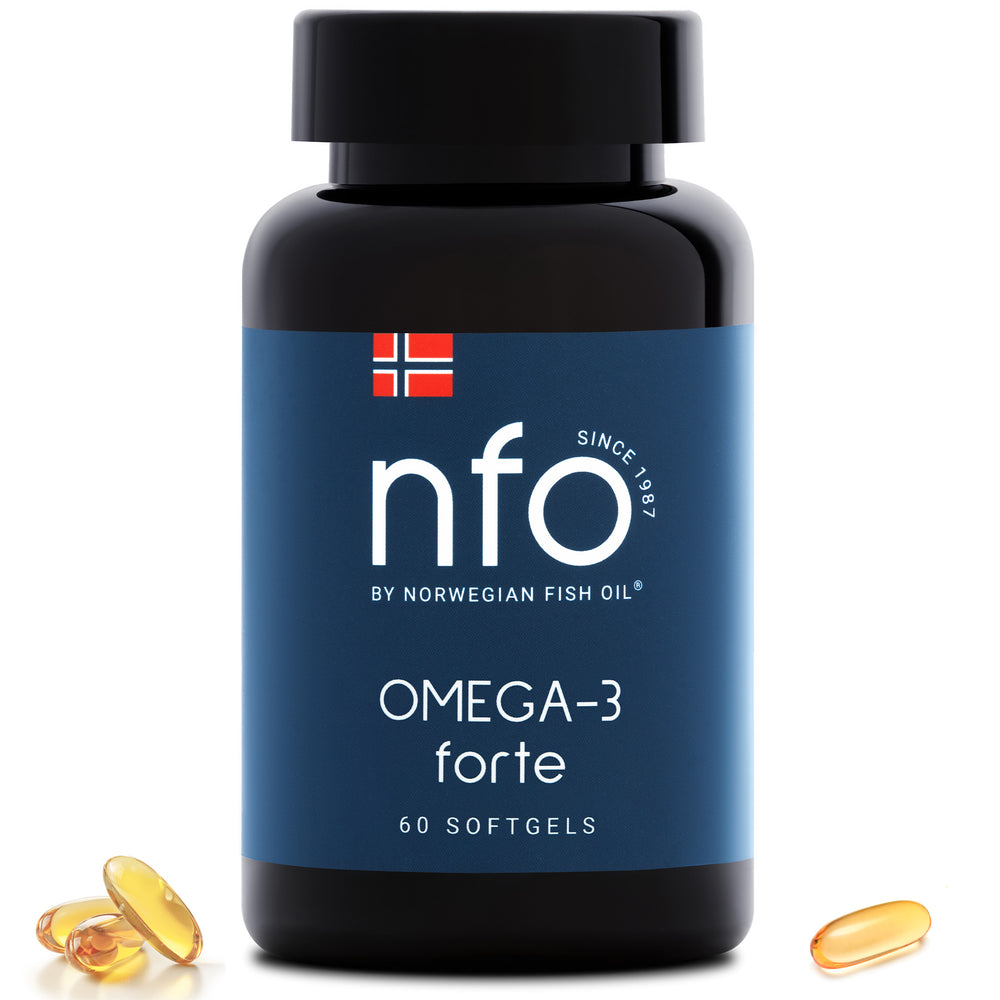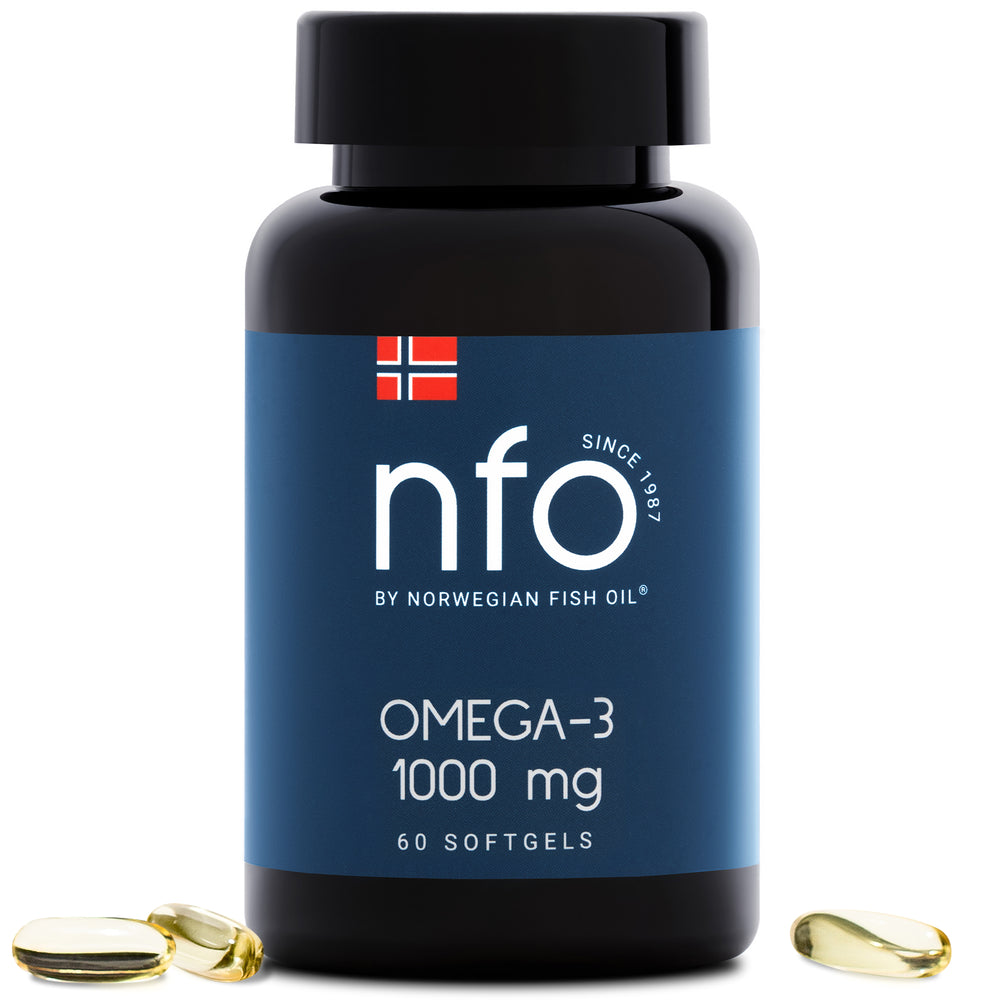
CrossFit, known for its high-intensity workouts and diverse functional movements, demands optimal physical performance and recovery. For athletes engaging in such rigorous training, nutrition plays a pivotal role in achieving peak fitness. Fish oil, rich in omega-3 fatty acids, has emerged as a popular supplement among CrossFit enthusiasts. This blog delves into the benefits of fish oil for CrossFit athletes, backed by science and practical insights.
What is Fish Oil?
Fish oil is derived from the tissues of fatty fish such as salmon, mackerel, and sardines. It is a rich source of omega-3 fatty acids, primarily eicosapentaenoic acid (EPA) and docosahexaenoic acid (DHA). These essential fats play a crucial role in reducing inflammation, supporting cardiovascular health, and enhancing brain function.
Benefits of Fish Oil for CrossFit Athletes
1. Enhanced Recovery
High-intensity training often leads to muscle soreness and inflammation. Omega-3s in fish oil have anti-inflammatory properties that help reduce delayed onset muscle soreness (DOMS) and accelerate recovery. Studies indicate that EPA and DHA supplementation can lower inflammatory markers such as cytokines, aiding faster recovery.
2. Improved Joint Health
CrossFit involves repetitive movements and heavy lifting, which can strain joints. Fish oil’s anti-inflammatory effects can alleviate joint pain and stiffness, improving mobility and reducing the risk of injury.
3. Boosted Performance
Omega-3s enhance muscle protein synthesis and improve oxygen delivery during exercise, supporting endurance and strength. Athletes taking fish oil report better cardiovascular efficiency and sustained energy levels during workouts.
4. Mental Clarity and Focus
Fish oil supports brain health by improving cognitive function and reducing mental fatigue. DHA is particularly beneficial for enhancing focus and decision-making, which are crucial in CrossFit training and competitions.
How to Incorporate Fish Oil into Your Routine
Recommended Dosage
The American Heart Association recommends 500-1000 mg of combined EPA and DHA daily for general health, but CrossFit athletes may benefit from higher doses. Always consult a healthcare provider to determine the optimal dosage for your needs.
Choosing a High-Quality Supplement
- Look for products with third-party testing for purity and potency.
- Ensure the supplement provides at least 500 mg of combined EPA and DHA per serving.
- Opt for triglyceride form fish oil for better absorption.
When to Take Fish Oil
To maximize benefits, take fish oil with a meal containing healthy fats. Splitting the dose between morning and evening can also improve absorption and reduce the risk of gastrointestinal discomfort.
Potential Side Effects and Precautions
While fish oil is generally safe, excessive intake can cause side effects like nausea, diarrhea, or a fishy aftertaste. Individuals on blood-thinning medication should consult a doctor before supplementation due to the risk of increased bleeding.
Conclusion
Fish oil offers numerous benefits for CrossFit athletes, from reducing inflammation and improving recovery to enhancing performance and mental focus. Incorporating a high-quality fish oil supplement into your routine can help you achieve your fitness goals and maintain overall health. As with any supplement, prioritize quality and consult a healthcare provider to tailor the dosage to your needs.
References
- Calder, P.C. (2016). Omega-3s and recovery in athletes. Sports Medicine, 46(7), 1029-1035. DOI: 10.1007/s40279-016-0481-4.
- Dietary Guidelines Advisory Committee. (2015). 2015-2020 Dietary Guidelines for Americans. Retrieved from https://health.gov.
- Gajos, J.M., et al. (2016). Safety of fish oil supplementation. Clinical Nutrition, 35(5), 1173-1180. DOI: 10.1016/j.clnu.2015.09.015.
- Lawson, L.D., & Hughes, B.G. (2012). Absorption of fish oil forms. American Journal of Clinical Nutrition, 96(3), 513-520. DOI: 10.3945/ajcn.112.037705.
- Lembke, P., et al. (2018). Omega-3s and athletic performance. International Journal of Sport Nutrition, 28(2), 150-162. DOI: 10.1123/ijsn.2017-0383.
- NIH. (2021). Omega-3 Fatty Acids: Fact Sheet for Health Professionals. Retrieved from https://ods.od.nih.gov.
- Tan, J.Y., et al. (2017). Fish oil and cognitive benefits. Neuroscience Research, 123, 65-73. DOI: 10.1016/j.neures.2017.04.012.



